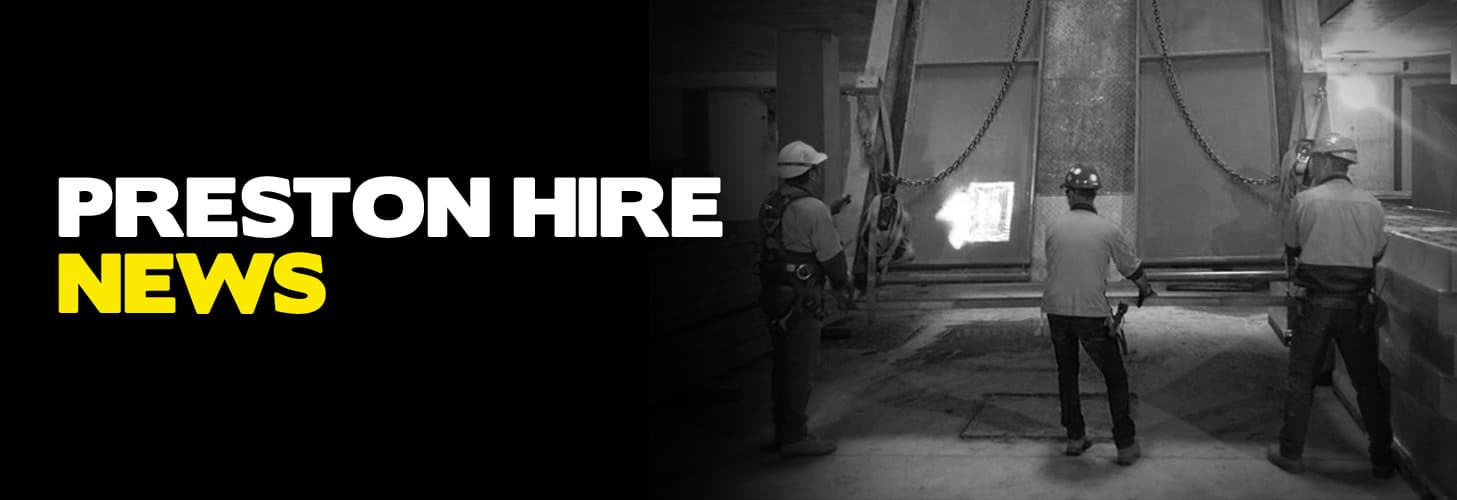

When choosing the right crane for your project, there are a variety of factors to consider – starting with the crane size. With so many types and crane sizes to choose from, each with its own set of advantages and limitations, it is crucial to understand each one to ensure you select the right crane for safe and efficient operation.
If you’re asking yourself, “What size crane do I need?” read on! In this comprehensive guide, we’ll look at the factors to consider when choosing a crane size and the steps to ensure safe and efficient operation.
The load capacity of the crane is one of the most important factors to consider when choosing a crane size. You need to know that the crane is capable of lifting the load you need to move. When determining the load capacity, consider the weight of the load, the radius, and the height at which the load needs to be lifted. Choose a crane with insufficient load capacity, and you risk damaging the crane or, worse, causing accidents to staff and contractors on the job site.
The boom length of the crane is another critical factor to consider. The boom length determines how far the crane can reach and how high it can lift the load. If the boom length is too short; the crane may not be able to reach the desired height or distance – while if it’s too long, the crane can lose stability and struggle to lift the load safely.
The crane size you choose requires a working radius to accommodate the project requirements – that’s the distance from the centre of rotation of the crane to the centre of the load. Too small a radius prevents the crane from reaching the desired distance, yet an over-compensated radius can impact the safety when lifting.
Did you know there are twelve types of cranes used in construction? It’s essential you choose a crane type that is suitable for your project to be sure of its operating efficiently and safely. For example, a tower crane could be the best option if your project requires lifting heavy loads to extreme heights. On the other hand, if your project requires lots of manoeuvring around tight spaces, a mobile crane proves a better choice. Think about the use and the correct crane type will become clear.
There is nothing more important when operating a crane than safety and efficiency. To achieve this, there are several steps you should take, including proper planning, crane selection, set-up, operation, inspection, and maintenance of the crane. Additionally, it is crucial to provide proper training and supervision to all personnel involved in crane operations.
Let’s take a closer look at each of these steps to ensure safe and efficient crane operation at all times:
1. Plan the Work
Effective planning is the first step in ensuring safe and efficient crane operation. Planning includes developing an initial scope of work, selecting and getting a crane, planning, programming, scheduling, organising and managing the work. Planning for crane operations should involve consultation, cooperation, and coordination with all people involved, ensuring that everyone on the job site understands the plan and their roles and responsibilities in executing it.
2. Select the Right Crane
As mentioned already, there are several factors when considering the right crane for your project. A crane must be capable of lifting the required load, with a boom length and working radius that suit the project, all helping determine the right crane size and type. It is highly recommended to consult with crane rental companies or crane manufacturers to ensure that you select the right crane for your project.
3. Ensure Safe Set-Up and Operation
Before using a crane, you need to ensure that the crane is set up and operated safely. This includes checking the adequacy of ground conditions and supporting structures to hold the weight of the crane and planned loads. You must also check the crane operator credentials, who must hold a relevant license and be competent with operating the crane, including checking the area, the operating radius and load weight. No crane should ever be operated before completing all relevant safety checks.
4. Perform Regular Inspections and Maintenance
Regular inspections and maintenance are paramount for ensuring safe and efficient crane operation. The crane should be inspected before each use to check for any signs of damage or wear and tear. Ongoing inspections by a qualified inspector are also necessary to identify any potential issues that require maintenance or repair. If and when the crane need repairs, make sure they are performed promptly to prevent accidents or downtime.
5. Provide Proper Training and Supervision
All crane operators and associated personnel require proper training and supervision. Crane operators should be trained on the safe operation of the specific crane being used and should hold the relevant license or certification. Other personnel involved in crane operations should also receive training on safe work practices and be supervised to follow procedures and operate the crane safely.
In summary, choosing the correct size of crane for your project to ensure safe and efficient operation needs careful consideration and planning. When selecting a crane, it is essential to consider the load capacity, boom length, working radius, and crane type. Effective planning, proper set-up and operation, regular inspections and maintenance, and proper training and supervision are necessary for safe and efficient crane operation.
Preston Hire has crane hire services in Auckland and in Christchurch.
If you have any further questions or concerns regarding crane operation or related topics, please do not hesitate to contact us. Our team is always ready to assist you with expert advice and support.
SERVICES
SAFETY
About
NEWS